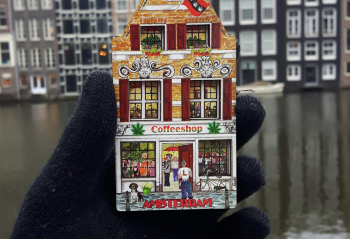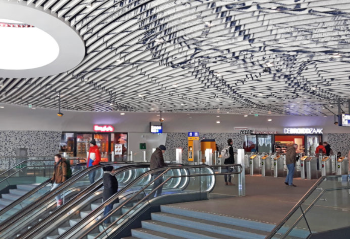Building a Standout Portfolio with Photorealistic Renderings
Tuesday, 10 September 2024 | United Kingdom
In today’s highly competitive architecture, real estate, and design industries, having a strong portfolio is crucial for attracting clients and securing projects. One of the most effective ways to build an impressive portfolio is by incorporating photorealistic renderings. These renderings not only showcase your design skills but also bring your concepts to life in a way that traditional 2D drawings cannot.
Why Photorealistic Renderings?
Visual Impact: Photorealistic renderings allow potential clients to see the full potential of your designs. These detailed and lifelike visuals can effectively communicate your vision, helping clients better understand the scale, materials, and atmosphere of your project.
Versatility: Whether you're an architect, interior designer, or real estate developer, photorealistic renderings can be used to showcase a wide range of projects, from residential homes to commercial developments. They can highlight exterior designs, interior layouts, furniture arrangements, and even landscape plans.
Competitive Edge: Including high-quality renderings in your portfolio can set you apart from the competition. Clients are more likely to be impressed by visually engaging content that allows them to fully experience a project before it's built.
Client Confidence: Photorealistic renderings provide a clear and accurate representation of the final product. This helps build trust with clients, as they can see exactly what they are getting, reducing uncertainties and ensuring their satisfaction.
How to Build a Portfolio with Photorealistic Renderings
Diversify Your Projects: Include a range of projects in your portfolio that demonstrate your versatility. Whether it's residential, commercial, or interior design, showcasing different types of work will appeal to a broader range of clients.
Focus on Detail: Pay attention to details such as lighting, textures, and materials in your renderings. These small touches can make a big difference in creating a realistic and engaging image.
Tell a Story: Use renderings to tell the story of each project. Show before-and-after visuals, highlight the design process, and include multiple angles or perspectives to provide a comprehensive view of the project.
Use a Professional Rendering Service: To create high-quality renderings, consider working with a professional service like Omega Render. Their expertise in photorealistic renderings can help elevate your portfolio and ensure that your designs are presented in the best possible light.
For inspiration and examples of top-tier photorealistic renderings, check out the Omega Render gallery at the source. This gallery showcases the full potential of photorealistic visualizations and how they can transform your portfolio.
Related Articles
articles that we think you will love
Join the Conversation
Be part of the community Discussion









